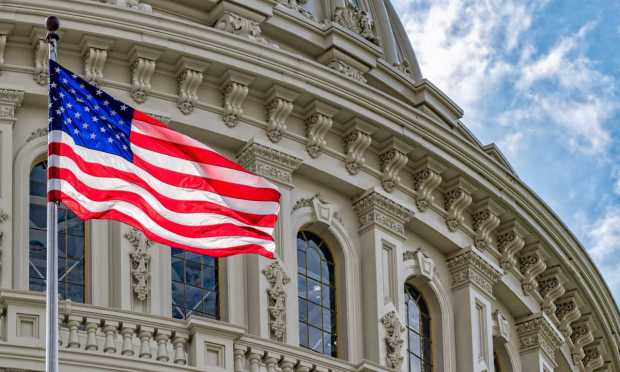Calls for Stablecoin Regulation Gain Urgency as New Congress Looms

The drumbeat for stablecoin regulation grows louder.
But the questions — the what, when, and especially the how it all gets done — are still up in the air.
The privately issued coins had the potential, at least according to some proponents, to upend traditional finance.
But the reality has been far more stark, revealing the limitations of stablecoins as they now exist, where trading can be — and has been — halted, and a “backing” that is not as set in stone as most once thought.
Most recently, U.S. Sen. Kirsten Gillibrand, D-N.Y., remarked at a Blockchain Association event on Wednesday (Nov. 16) that the a new regulatory bill might come by the end of the current Congressional session.
“This bill we’re working on now — and we hope to introduce it in the next few weeks — would be a comprehensive stablecoin bill,” she was quoted as saying at the event in a CoinDesk report. That legislation is being crafted in collaboration with Republicans Sen. Patrick Toomey of Pennsylvania and Sen. Cynthia Lummis of Wyoming.
The details have yet to be fully disclosed, but we note that there’s little time to get things done before the current Congressional session ends, and the new one begins, in January.
And given the current effort that’s in the House, well, it may be the case that things get delayed.
Setting Up Legislative Priorities
The House has just “flipped” to the GOP. We got a taste as to what might happen over the fall, when Rep. Patrick McHenry, R-N.C., told PYMNTS’ Karen Webster that stablecoins will be under the microscope. Existing legislative proposals are still in flux.
“What we now have is a complicated policy,” he told Webster, “and it’s a complicated legislative text — with compromises within … the nature of legislative compromise does not often create something of beauty. It creates something of practical consequence. And this is what I’m going for.”
At a high level, he said, we need stablecoins. Among others, the Tether USDT and Circle’s USDC have advantages over bitcoin and its crypto brethren, which are volatile and anything but stable.
“But we don’t have a federal regulatory ‘form’ around it,” he told Webster last month, “or insight into the assets acting as backing.” McHenry said that if he heads the House Financial Services Committee, stablecoins will be on the agenda, though not first on the list.
There’s some urgency in the private sector, too.
Circle CEO Jeremy Allaire wrote a public letter to lawmakers, including Rep. Maxine Waters, D-Calif., who chairs the House Financial Services Committee, and McHenry.
“The industry is moving from its “dial-up” phase, where payment stablecoins and blockchains have helped to facilitate the buying and selling of digital assets, to the utility phase, where traditional commerce, from buying a cup of coffee to funding a new company, will converge with traditional financial services,” Allaire wrote.
But there’s a vital clue in the mix. Fed Vice Chair for Supervision Michael Barr said at a House hearing Wednesday that dollar-backed stablecoins “really borrow the trust of the Federal Reserve,” adding that it’s “important for Congress to step in and say you’re not permitted to offer a stablecoin unless it’s done under a strong prudential framework with Federal Reserve oversight, supervision, regulation and approval. Private money can create enormous financial-stability risks, unless it’s appropriately regulated.”
That last comment, about private money, lies at the heart of what might be the ultimate debate on stablecoins: whether they should be privately-issued, and if they should be, what the parameters must be.
In recent months, we’ve seen several high-profile examples of the stablecoins “breaking the buck” and losing the 1:1 pegs they’ve become so famous for. Amid the FTX flameout, exchanges like Crypto.com have halted withdrawals and deposits of USDT and USDC on the Solana network. Halting the activity as the dust settles may be prudent, but may not engender confidence in the digital holdings.
If the Office of the Comptroller of the Currency continues to be guided by its own letters issued in recent years that banks should the ones allowed to issue stablecoins, then the playing field may be narrowed a bit. Congress looks set to weigh in on the matter more fully with the dawn of the new year.
For all PYMNTS Crypto coverage, subscribe to the daily Crypto Newsletter.
